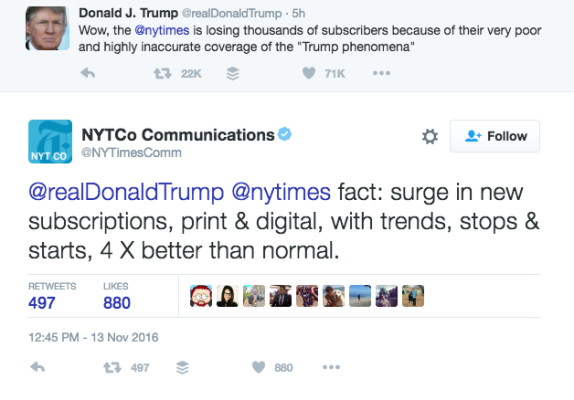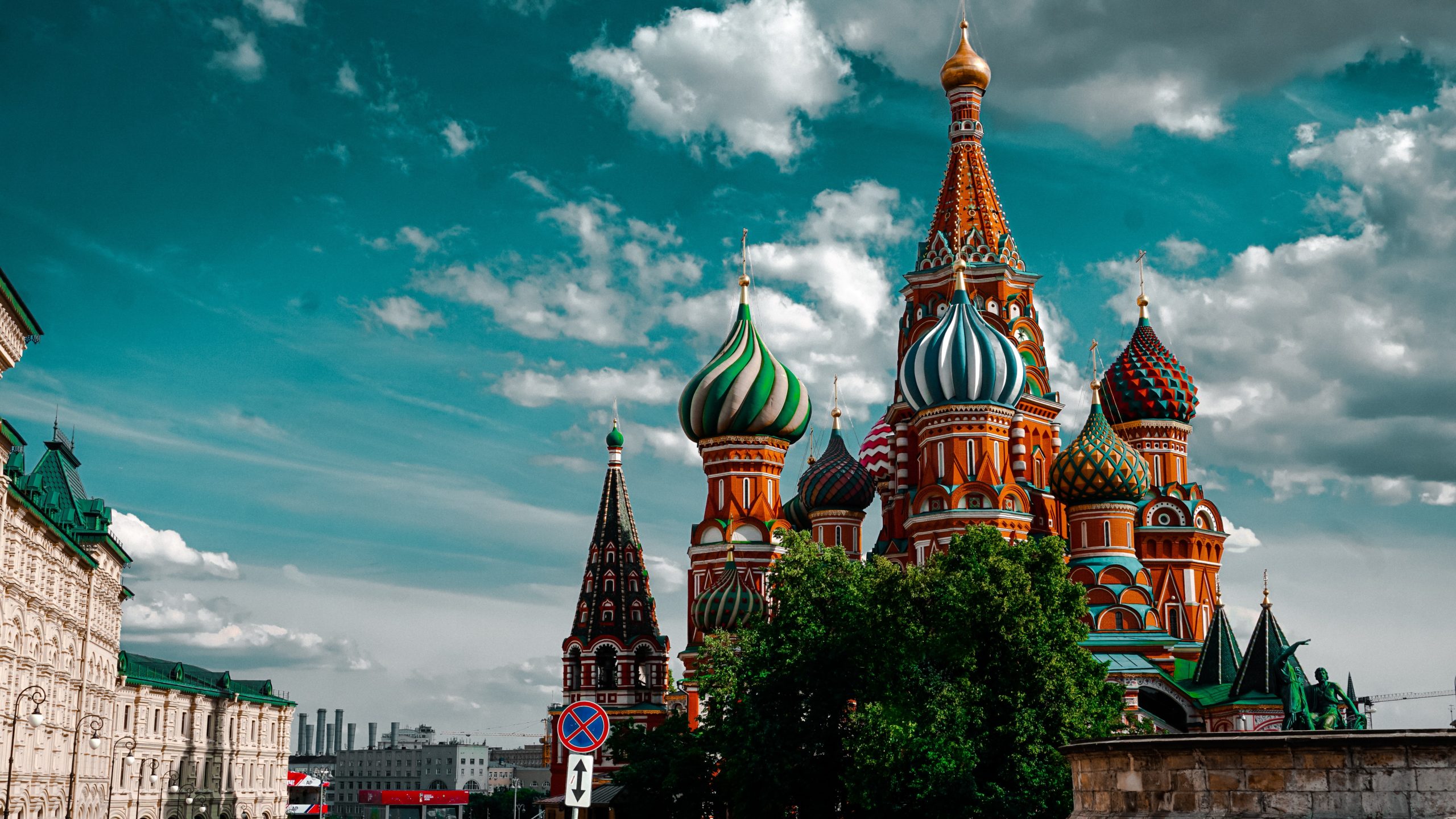Has public relations finally won the respect of journalists? Sure, PRs and media work together, and we need each other. But the relationship between “flacks and hacks” is an odd and uneasy symbiosis. That’s why a recent piece in the Columbia Journalism Review about PR professionals and the war between our 45th president and the press was so interesting. David Uberti’s “PR Flacks May Be the Media’s Secret Weapon” outlines the recent confrontations between Trump and two of his favorite targets, alleged “fake news” purveyor CNN and the newspaper he calls the “failing” New York Times.
Trump’s efforts to discredit the press, both individually and as an institution, have a train-wreck type of fascination, and they’re often entertaining. But they’re also dangerous, both for the White House’s own credibility, and for the public who depend on media for news. Uberti makes a subtle but important point about the challenges facing major media companies.
How should the press fight back against a media-savvy president? The fourth estate has the obvious advantages of airtime and ink, yet it has been weakened by the fragmentation of its audience, the changing advertising environment, and a general cynicism among the public. Trust in media institutions has never been lower.
Tensions have escalated since Sean Spicer’s initial press briefing where he attacked the media, and working journalists have responded individually. CNN’s Jake Tapper, for one, hasn’t shrunk from calling out the administration for its own brand of “alternative facts.” When reports hit that he was a GOP target after a tough interview with Kellyanne Conway, Tapper fired back by taking over the #TapperDirtFile hashtag with silly mock-revelations, and it quickly devolved into a gag trending topic.
But it’s tricky for a working journalist to be returning incoming fire. When you throw mud – even in self-defense, even with 140-character wit – you invariably get dirty.
That’s where the media organizations and their teams come in. We in PR like to talk about how every brand is now a media company, but every major media company is also a brand. Like any other consumer products, they stand for something. It falls to the communications team to protect the integrity of those brands, and to reinforce other attributes that help them stand apart from direct competitors as well as frenemies like Facebook and Snap.
When Trump criticizes Boeing or Nordstrom, their corporate communications teams spring into action; in fact, in boardrooms all over the country, PR people are running through crisis management exercises to prepare for a presidential tweet or an off-the-cuff comment that can cost days of executive time and a few million in stock market value.
There are teams of specialists behind the big media brands, too, and advantages to using PR experts if you’re under attack. It keeps their journalists at arm’s length, so they can focus on reporting and don’t get caught in the crossfire more than necessary. Even more importantly, skilled PR pros are strategic thinkers, and their focus is purely on internal and external communications. They’re trained to issue thoughtful public responses under time pressure and withering scrutiny, and to think ahead to the next move from an often-hostile White House. Like those raised in a campaign war room, they’re accustomed to today’s hyper-accelerated news cycle and bring to the task a deep understanding of how media work. It’s no small irony that the elite-media-as-enemy strategy deployed so well by Trump’s team was born with right-wing radio and honed by Breitbart News Network, whose former executive chair Steve Bannon is the president’s right-hand man and chief advisor.
There are no clear winners or losers in the battle between the press and the president, at least not yet. But the stakes are higher than they’ve ever been, and it’s good to see PRs earning credit for a job that’s nearly always invisible and where the work never really ends. Apparently appreciation for PRs among media rises when we’re working on their behalf. The next thing you know, they might even stop calling us “flacks.”



